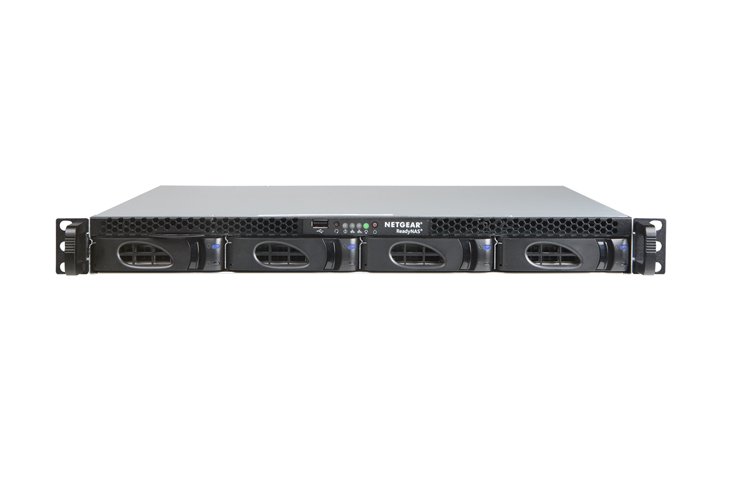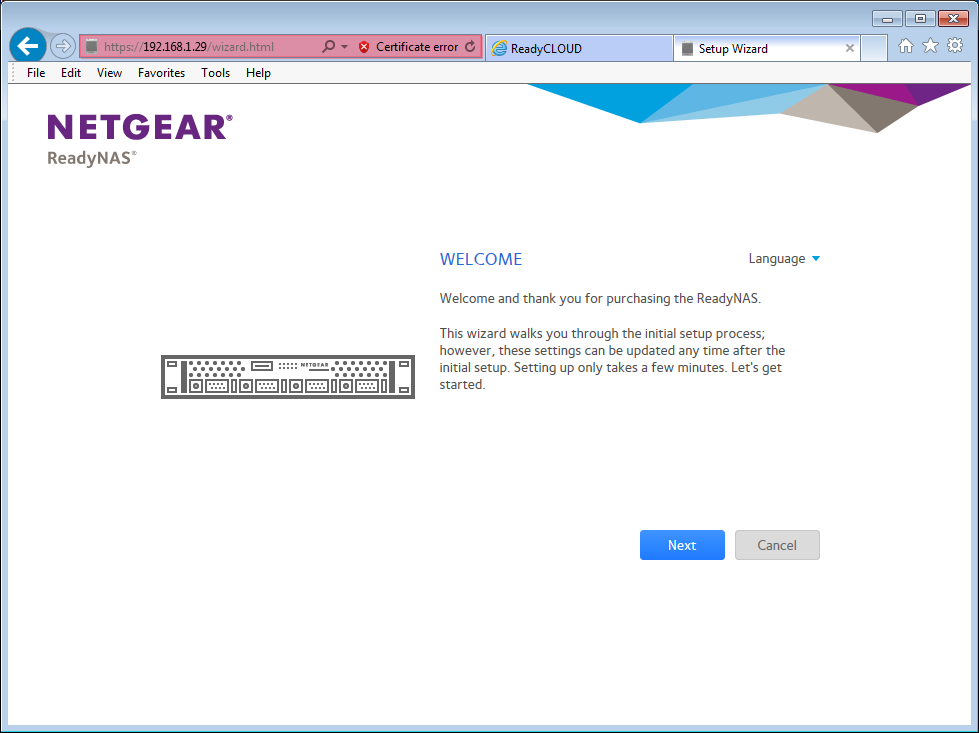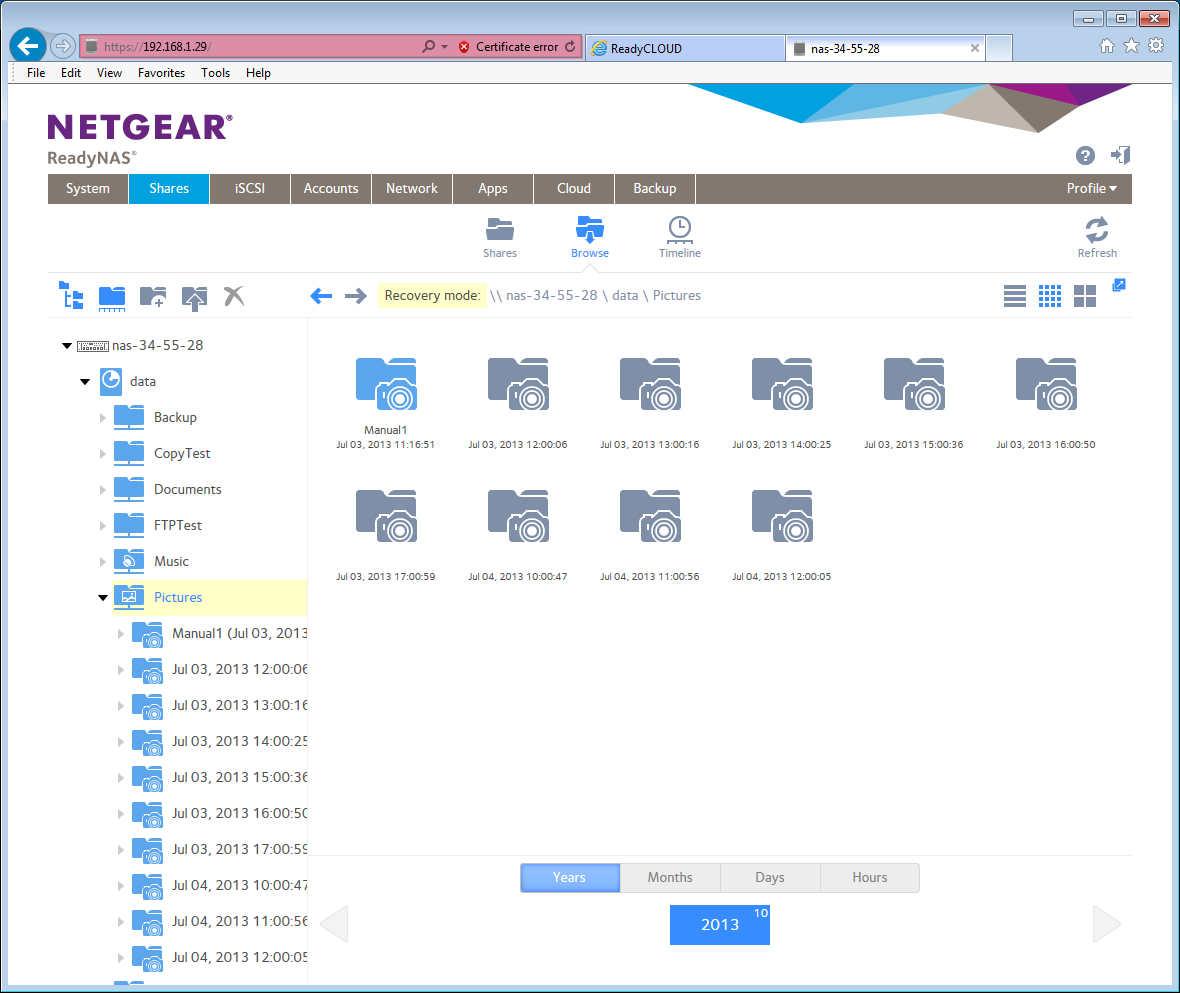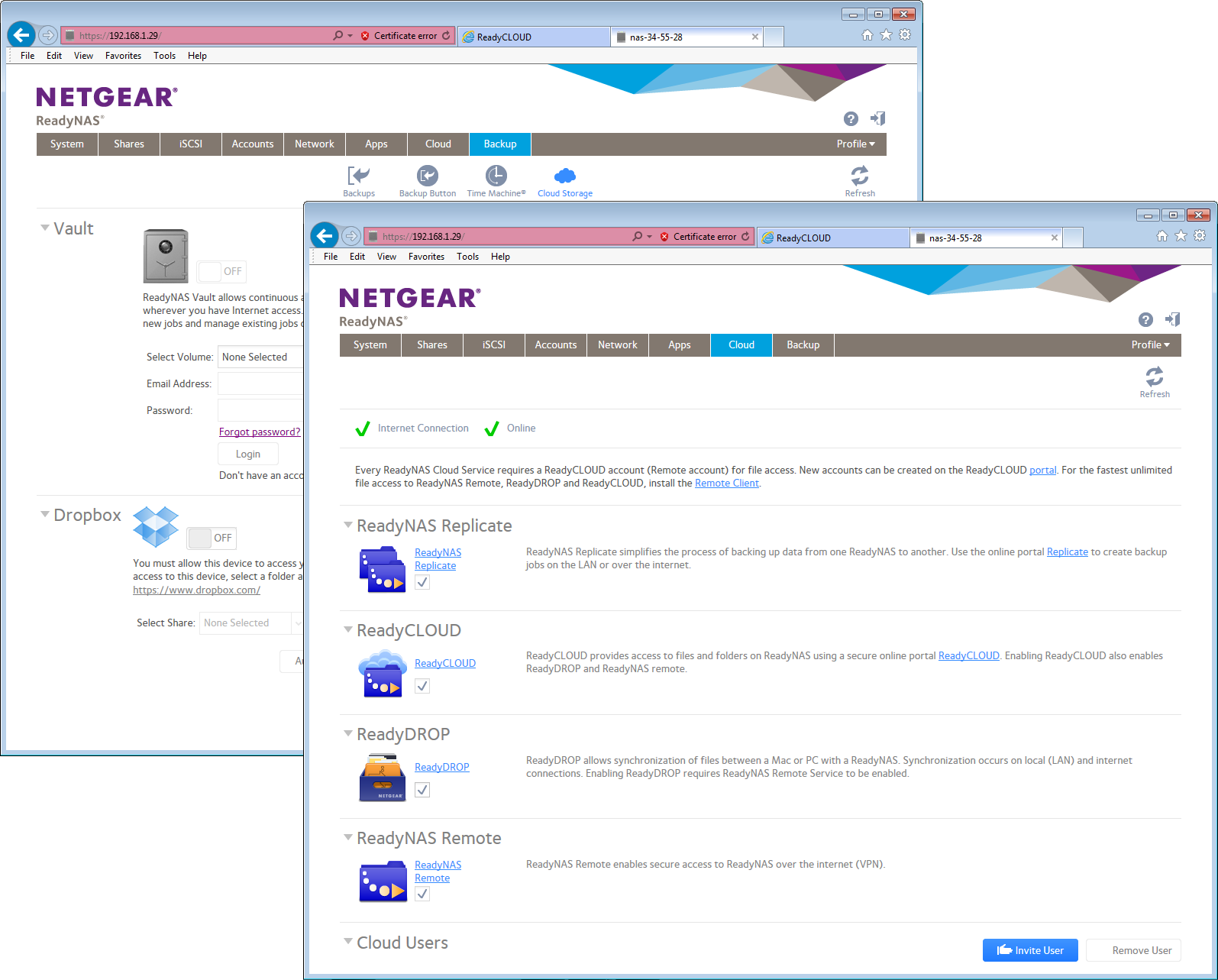Netgear ReadyNAS 2120 review
Netgear debuts OS with a redesigned GUI but is this rack mount appliance the runt of the litter?

The ReadyOS 6 software delivers an impressive range of features including unlimited snapshots but the ReadyNAS 2120 fails to impress in other core areas. It’s expensive, can’t be expanded outside the box and performance is excruciatingly slow when anti-virus is activated.
-
+
Smart new Dashboard interface; Excellent cloud features; Unlimited snapshots
-
-
Poor performance; Expensive; No external expansion

Netgear has introduced a raft of features with the upgraded ReadyOS 6 software, and it's been a long time coming.
In this review we put the ReadyNAS 2120 1U rack appliance through its paces. It takes over from the elderly ReadyNAS 2100 and although it uses the same low-profile 12in. deep chassis, brings in a number of hardware changes.
First up is cooling as the number of fans has been halved making the 2120 much quieter than its noisy predecessor. The drive carriers are now tool-less and the motherboard and power supply unit are no longer on a removable board.
Processing power gets a modest boost with a dual-core 1.2GHz Marvell Armada XP and this is teamed up with 2GB of DDR3 memory. You still get dual Gigabit but Netgear has added pairs of USB3 and eSATA ports.
The eSATA ports do not support Netgear's EDA500 5-bay units so external expansion is not an option. If you want this feature then check out the new ReadyNAS 300 and 500 desktop models which accept between one and three EDA500 units.

Netgear's new ReadyCloud portal makes light work of appliance discovery and initial setup
The future looks cloudy
Setup time is fast with Netgear's ReadyCloud web portal as it'll discover the appliance and set it up for you. You can still use the old RAIDar utility but it's unable to show status information on RAID, hard disks or temperatures.
The portal home page lists all registered appliances each with a brief rundown on overall status and configured volumes. It also checks for firmware updates and offers to download and apply them as well.
Users registered with ReadyCloud can view, add or delete files and folders. Files can also be remotely copied directly to the appliance by dragging them into the portal's Browse page.

The new Dashboard is very smart and provides direct access to all your snapshots for browsing and recovery
Snapshots galore
The ReadyCloud portal has a quick link to the new Dashboard management interface which is vastly superior to the RAIDiator GUI. It's a heck of a lot faster as well as it loads in a second or two and is more responsive.
With ReadyOS 6, Netgear has swapped from EXT4 to BTRFS and the most important new feature is support for unlimited block level snapshots. You'll come across these when creating shares or iSCSI LUNs as there's an option for continuous protection.
You can select hourly, daily or weekly snapshots and leave the appliance to look after them. All snapshots can be viewed from the Dashboard and to recover a file, folder or LUN you view a timeline chart, select a snapshot and choose the rollback option.
RAIDiator was always deficient with IP SANs but ReadyOS 6 adds timely support for iSCSI thin provisioning. Groups determine the IQN and all LUN members will appear to an initiator when it logs on to the target portal.

Plenty of cloud features are available including support for DropBox, ReadyNAS Vault and Netgear's own ReadyDrop
Get the ITPro daily newsletter
Sign up today and you will receive a free copy of our Future Focus 2025 report - the leading guidance on AI, cybersecurity and other IT challenges as per 700+ senior executives
Dave is an IT consultant and freelance journalist specialising in hands-on reviews of computer networking products covering all market sectors from small businesses to enterprises. Founder of Binary Testing Ltd – the UK’s premier independent network testing laboratory - Dave has over 45 years of experience in the IT industry.
Dave has produced many thousands of in-depth business networking product reviews from his lab which have been reproduced globally. Writing for ITPro and its sister title, PC Pro, he covers all areas of business IT infrastructure, including servers, storage, network security, data protection, cloud, infrastructure and services.
-
 ‘Phishing kits are a force multiplier': Cheap cyber crime kits can be bought on the dark web for less than $25 – and experts warn it’s lowering the barrier of entry for amateur hackers
‘Phishing kits are a force multiplier': Cheap cyber crime kits can be bought on the dark web for less than $25 – and experts warn it’s lowering the barrier of entry for amateur hackersNews Research from NordVPN shows phishing kits are now widely available on the dark web and via messaging apps like Telegram, and are often selling for less than $25.
By Emma Woollacott Published
-
 Redis unveils new tools for developers working on AI applications
Redis unveils new tools for developers working on AI applicationsNews Redis has announced new tools aimed at making it easier for AI developers to build applications and optimize large language model (LLM) outputs.
By Ross Kelly Published
-
 Google layoffs continue with "hundreds" cut from Chrome, Android, and Pixel teams
Google layoffs continue with "hundreds" cut from Chrome, Android, and Pixel teamsNews The tech giant's efficiency drive enters a third year with devices teams the latest target
By Bobby Hellard Published